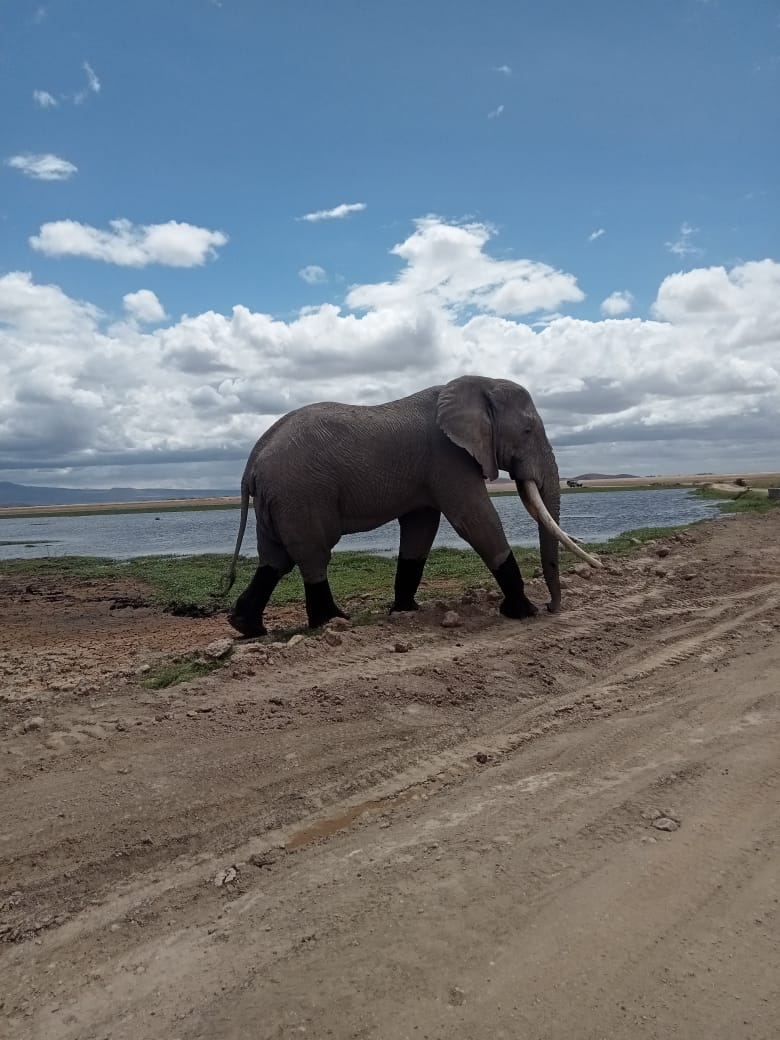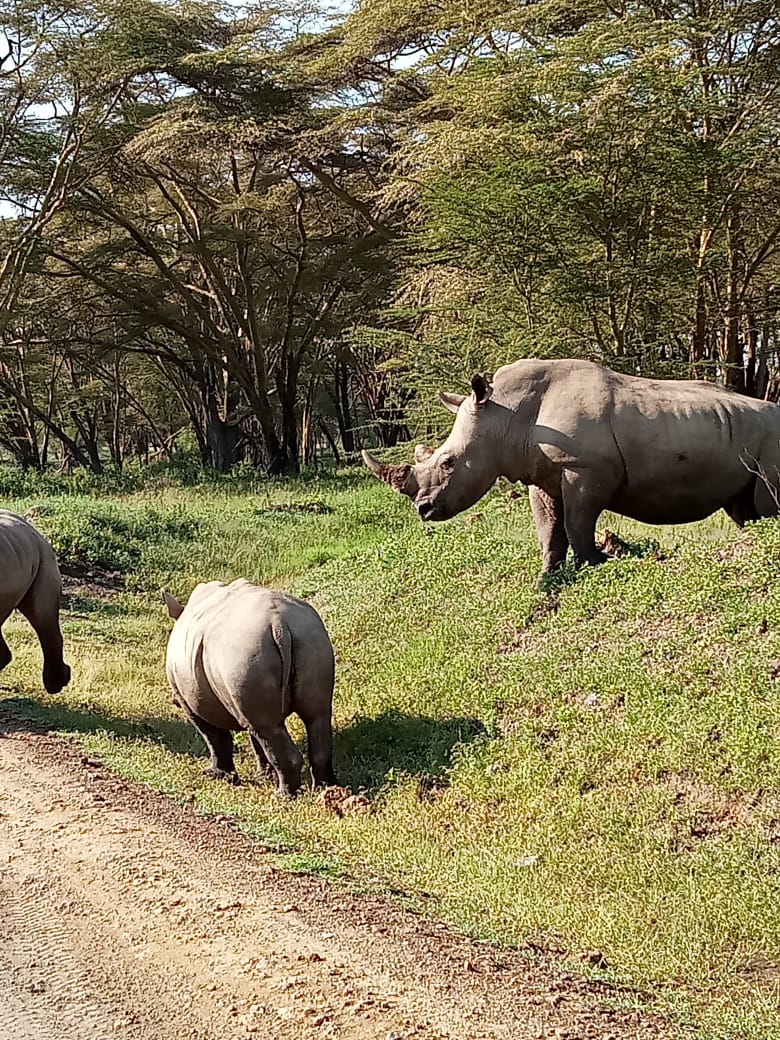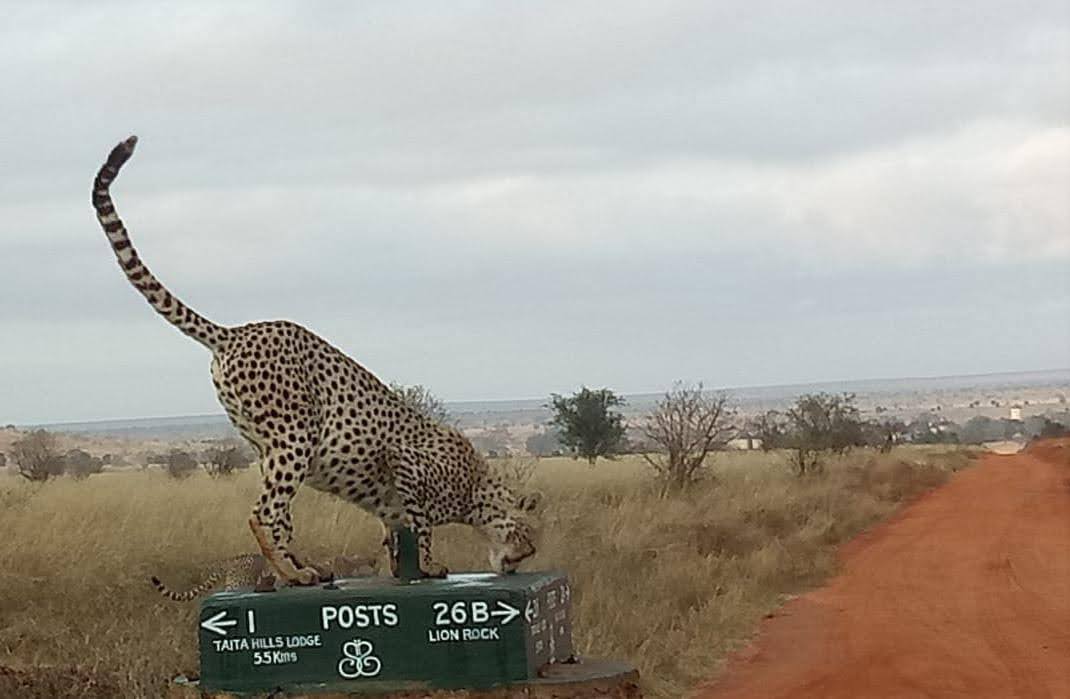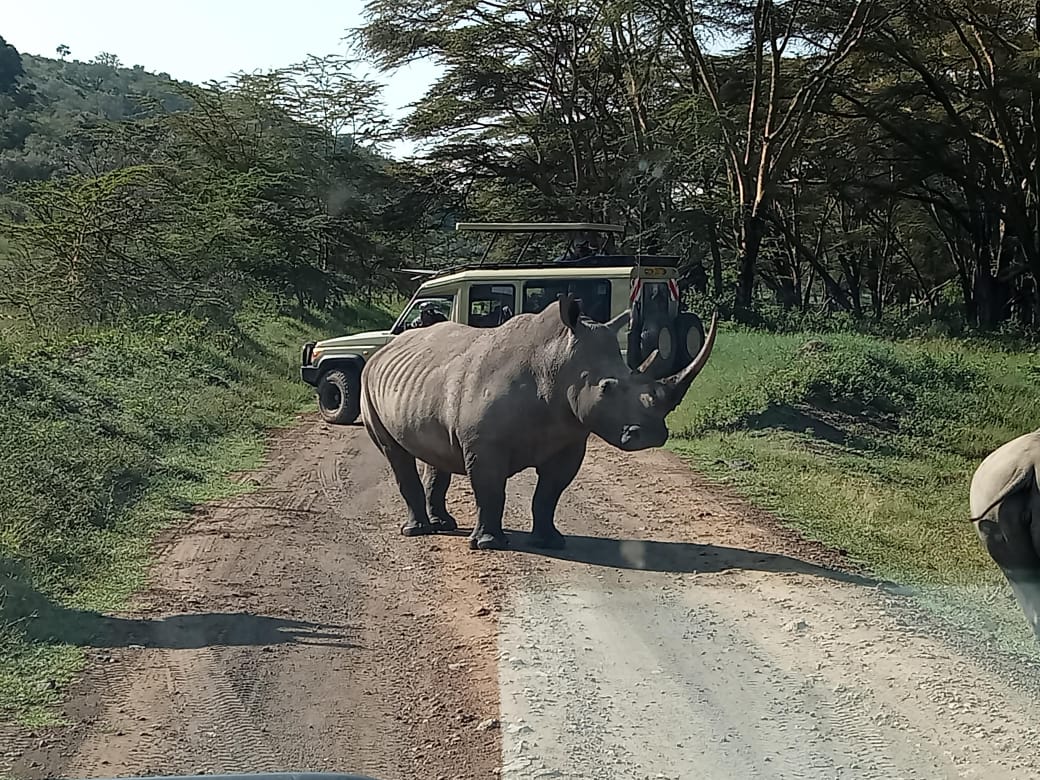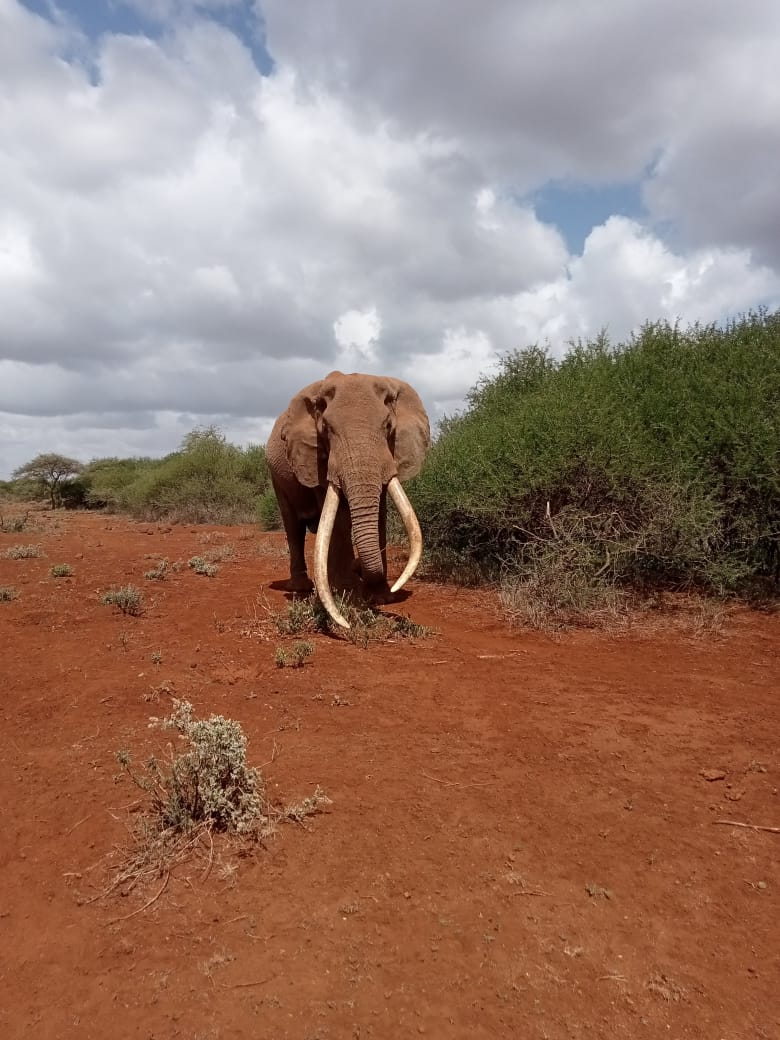Maasai Village Visit
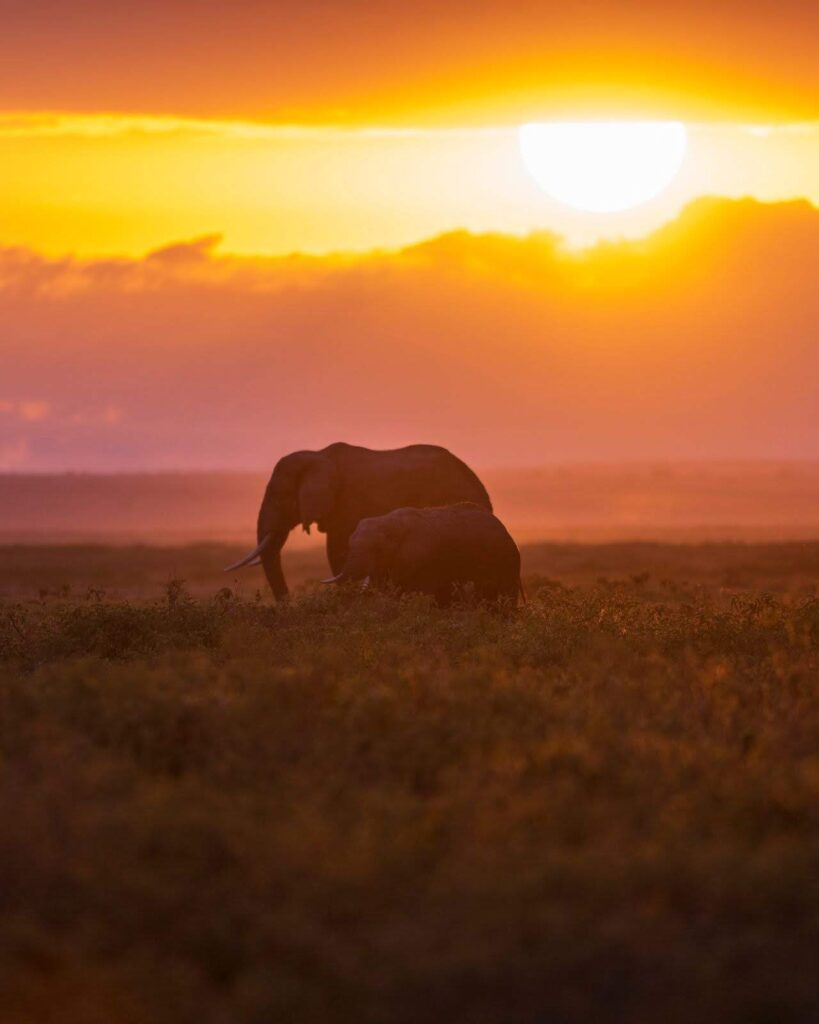
Maasai Village Visit: A Journey Into the Heart of Kenya's Cultural Heritage
Kenya is known for its stunning landscapes and abundant wildlife, but it is also home to one of the most vibrant and traditional cultures in Africa – the Maasai people. A Maasai village visit is a unique and enriching experience that allows travelers to step into the world of this iconic tribe, learning about their customs, traditions, and way of life that has remained largely unchanged for centuries.
Visiting a Maasai village during your safari provides a deeper understanding of Kenya’s cultural diversity, while supporting local communities and helping preserve the Maasai’s rich heritage. From traditional dances and ceremonies to exploring their homes and daily activities, a visit to a Maasai village is a powerful reminder of the importance of culture and identity in today’s fast-changing world.
Who are the Maasai People?
The Maasai are one of the most famous ethnic groups in Africa, known for their distinctive customs, dress, and connection to the land. They are semi-nomadic pastoralists who primarily live in southern Kenya and northern Tanzania, where they have maintained their traditional way of life despite the pressures of modernization.
The Maasai have a deep cultural connection to the land and wildlife, which is reflected in their role as custodians of some of East Africa’s most important wildlife reserves, including the Masai Mara. For centuries, they have lived in harmony with nature, relying on their livestock and the land for survival. Their rich oral traditions, striking red attire, and elaborate beadwork have made them an enduring symbol of Africa’s cultural landscape.
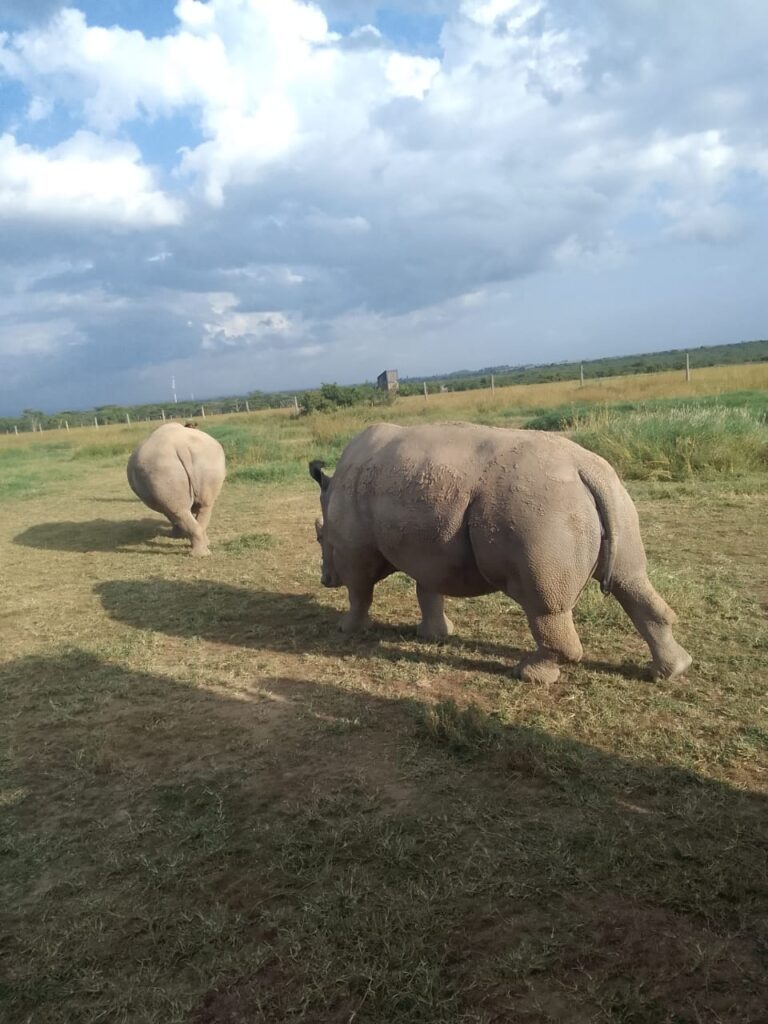

The Importance of Maasai Village Visits for Cultural Tourism
A Maasai village visit offers much more than a glimpse into an ancient culture – it provides critical support to the Maasai communities themselves. As tourism has become a vital part of Kenya’s economy, many Maasai villages have opened their doors to visitors, offering cultural experiences in exchange for financial support that helps sustain their way of life.
By participating in cultural tourism, visitors contribute directly to the welfare of the Maasai people. Funds from village visits often go toward healthcare, education, and conservation efforts, allowing the Maasai to preserve their traditions while adapting to modern challenges.
What to Expect During a Maasai Village Visit
A Maasai village visit is a deeply immersive experience, allowing you to interact with Maasai community members and learn about their daily lives. Here are some of the highlights you can expect:
Traditional Welcome Ceremony
When you arrive at a Maasai village, you will likely be greeted with a traditional welcome ceremony. The Maasai are known for their warmth and hospitality, and this is often expressed through singing, chanting, and the iconic Maasai jumping dance, known as the “adumu.” This dance is performed by the Maasai warriors (Morans) as a display of strength and endurance, and it’s a great opportunity for visitors to join in and take part in the fun.
Exploring Maasai Homes (Manyattas)
During your visit, you will have the chance to step inside a traditional Maasai home, called a manyatta. These circular huts are made from mud, sticks, and dung, and are designed to be temporary structures as the Maasai move with their cattle. Inside, you’ll learn about Maasai family life and how their homes are constructed to withstand the harsh conditions of the African plains.
Maasai Music and Dance Performances
Music and dance are central to Maasai culture, and you’ll witness performances that are both celebratory and spiritual. The rhythmic singing and chanting, accompanied by clapping and the steady beat of feet hitting the ground, create an unforgettable atmosphere that resonates with the deep connection the Maasai have to their traditions.
Meeting the Maasai Elders and Warriors
One of the most meaningful parts of a Maasai village visit is meeting the elders and warriors who are the keepers of Maasai knowledge and traditions. The elders play a critical role in decision-making and storytelling, while the warriors are responsible for protecting the community and livestock. Through conversations with these leaders, you’ll gain a deeper understanding of the Maasai way of life and the values that shape their society.


The Unique Traditions and Culture of the Maasai
Maasai Clothing and Jewelry
The Maasai are easily recognizable by their striking traditional clothing, known as shukas. These brightly colored, plaid garments are worn by both men and women, with red being the most prominent color as it symbolizes strength and bravery. Maasai women are also known for their intricate beadwork, which holds deep cultural significance. Beads are used to create elaborate necklaces, bracelets, and earrings that are worn during ceremonies and as symbols of social status.
The Role of Cattle in Maasai Life
For the Maasai, cattle are more than just livestock – they are a central part of their culture and livelihood. Cattle are considered a source of wealth, and the Maasai’s semi-nomadic lifestyle revolves around the movement of their herds in search of water and grazing land. Cattle are also deeply connected to Maasai spirituality, with various rituals and ceremonies centered around them.
Rites of Passage and Ceremonies
The Maasai are known for their elaborate rites of passage, which mark important stages in an individual’s life. One of the most significant ceremonies is Enkipaata, a rite of passage for young boys as they transition into manhood and become warriors. Other important ceremonies include Eunoto, which marks a warrior’s transition to elderhood, and traditional marriage ceremonies, which are celebrated with great joy and community involvement.
Participating in Daily Life at a Maasai Village
During your visit, you’ll have the opportunity to participate in some of the daily activities that are essential to Maasai life.
Learn About Traditional Maasai Crafts
Maasai women are skilled in creating beautiful beadwork and crafts that hold cultural significance. You’ll have the chance to see how these crafts are made and even try your hand at beadwork, learning about the symbolism behind the colors and patterns used.
Witness Livestock Herding
Herding cattle and goats is an important daily task for the Maasai. You may be invited to observe or even assist in the herding process, gaining insight into the challenges and rewards of a pastoral lifestyle.
Explore the Maasai Way of Life
Throughout your visit, you’ll learn about the Maasai’s traditional methods of building homes, raising livestock, and managing resources. This offers a fascinating look at how the Maasai have thrived in some of the harshest environments on earth, all while maintaining a deep connection to their cultural identity.


Visiting a Maasai Market
No Maasai village visit would be complete without a stop at a local market. Here, you can purchase handmade jewelry, beadwork, and other artifacts directly from the artisans who make them. These items not only make for unique souvenirs but also help support the local economy and the preservation of Maasai craftsmanship.
A Maasai Village Visit – A Window Into Kenya's Rich Cultural Heritage
A Maasai village visit is an opportunity to go beyond the wildlife safaris and experience the vibrant culture that defines Kenya. From witnessing traditional ceremonies to learning about the Maasai’s close relationship with nature, this experience offers deep insights into the heart of one of Africa’s most respected tribes. By participating in responsible tourism, you’re not only enriching your understanding of this fascinating culture but also contributing to the sustainability and well-being of the Maasai people.
FAQs About Maasai Village Visits
Yes, as long as you approach your visit with respect and cultural sensitivity. Always ask permission before taking photos, and be mindful of local customs and traditions.
Yes, but it’s important to ask for permission before taking photos of people, especially the Maasai elders. Most Maasai are happy to be photographed, but it’s courteous to ask first.
Dress modestly and comfortably. Since you’ll likely be walking on uneven ground, closed-toe shoes are recommended. It’s also respectful to avoid revealing clothing.
Many Maasai, especially those in tourist areas, speak basic English. However, the Maasai language (Maa) is their native tongue, and your guide will likely help translate during your visit.
A typical visit lasts between 1 to 3 hours, depending on the activities and your level of interest. Some visitors opt for longer, more immersive stays.
Yes, it is generally safe to visit Maasai villages, especially when you’re accompanied by a guide from a reputable tour operator. The Maasai are known for their hospitality and respect for visitors.
